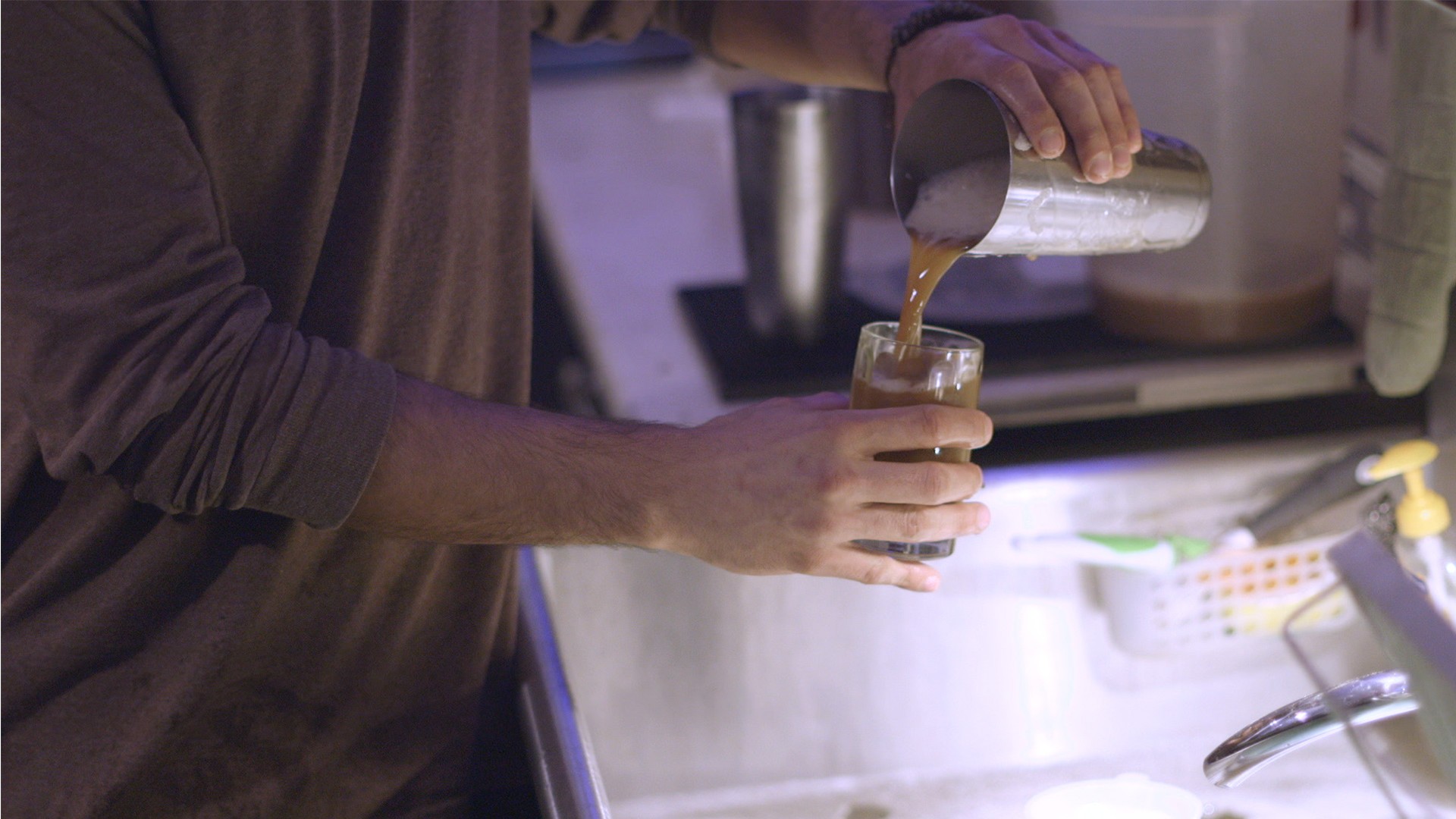At the same time, the story of the 1980 Porter and Jick letter and what has now become an unprecedented opioid overdose crisis has been spun by the media and some activists into a simplistic and misleading narrative. The idea is that the overdose epidemic was caused by evil drug companies pushing greedy doctors to prescribe unnecessary drugs, which turned innocent pain patients into people with heroin addiction, who are now overdosing on street fentanyl.The narrative is evil drug companies pushed greedy doctors to prescribe unnecessary drugs, which turned innocent pain patients into people with heroin addiction.
How do we know this—and why is this story so different from the one we hear in the media? For one, the National Household Survey on Drugs has asked about the sources of misused opioids in recent years: this representative survey of tens of thousands of Americans shows that less than a quarter of people who start misusing these drugs obtained them directly from one or multiple doctors. Half of new users, in fact, say they got them from a friend or relative for free.The simple story that addiction happens all the time when people get opioids for pain is clearly wrong.
And this, again, speaks to the unlikelihood that many prescription pain patients became addicted to heroin without having had a prior history of drug problems.Just think about it: you're a middle-aged woman with a bad back who uses a wheelchair. You've never even tried marijuana—let alone bought it on the street from a stranger. You aren't internet savvy, so you're not going to buy from the Darknet. And you aren't street savvy, so you're hardly likely to seek out the nearest bad neighborhood and start asking the people you usually cross the street to avoid if they can get you some "Um, do you still call it smack?" If you do work up the courage to try this, you are extremely likely to get ripped off or worse.So, what is the real risk to pain patients from being prescribed opioids? This is a hotly debated topic, with the Centers of Disease Control and Prevention and news media being fond of saying that "up to 26 percent" of people exposed become addicted. This is pretty much the scariest figure available, but note that this means that nearly three-quarters don't get hooked.Read More: Heroin Has Never Discriminated
Nora Volkow, the director of the National Institute on Drug Abuse, and her colleague, Tom McLellan, the former deputy drug czar, reviewed the literature on addiction risk during opioid treatment for chronic pain for the New England Journal of Medicine in 2016. These authors would seem to have the most reason to exaggerate these numbers—since government agencies and research scientists tend to want the most money and attention to the problems they work on. However, they say that among people taking opioids long term, "rates of carefully diagnosed addiction have averaged less than 8 percent in published studies."Says Juurlink of this number, "I think it's on the high side," but he adds, "Here again, we don't have good real-world [studies] following people from the start of therapy until addiction or not, and we have this bewildering inconsistency in how addiction is defined."If opioids were highly addictive for pain patients, we'd expect to see tens of millions of people with addiction and hundreds of thousands of overdose deaths.
Moreover, among patients who just take opioids short-term—such as those who have acute pain from surgery or dental work—studies find that the risk is even lower. For example, one study of more than 640,000 surgical patients who had never previously taken opioids found that few used the drugs for more than three months after recovery from surgery: rates varied from less than 0.12 percent for people who had C-sections up to 1.4 percent for those who had knee surgery. And keep in mind that most of this long-term use—as we can see from the other studies—isn't addiction, just pain treatment.The recent study that may be most comparable to Porter and Jick (though with better design and clearer methodology) was published in the Journal of Urology in May. It studied records from 675,000 people who had undergone urologic surgery, including treatment for painful kidney stones. The rate of either new opioid addiction or overdose? Just 0.09 percent or 1 in 1,111 cases. In other words, not far off from what was found by, yep, Porter and Jick.Still, Juurlink cautions, "I'm wary of big data studies that try to ascertain subtle outcomes like addiction. I suspect coding for addiction is fairly specific but insensitive. The corollary of this is that the absolute risk will be higher than a database study suggests."And also, as we can see from the higher numbers above, chronic, long-term exposure is linked to a higher addiction risk than acute exposure—up to 8 percent compared to less than 1 percent. That means it was never appropriate for drug companies to use the 1980 letter to assess risk of addiction in chronic pain treatment. But they did.Read More: This Drug Could Help End Opioid Addiction
Watch more on pain treatment from Tonic:

Nonetheless, the idea that patients who take medications as prescribed are the cause of this problem is inaccurate. While the media loves to highlight "innocent victims" who became addicted through medicine, the fact is that this group is a minority. Medical use surely increased access to the drugs—but the people who got hooked tended to do so while using medication that was either prescribed for someone else or otherwise distributed illegally.And this has clear implications for what needs to be done. The first is to stop thinking that simply cutting the medical supply will work. People who start opioid use illegally are not going to have problems finding substitutes for prescription medications on the illicit market—indeed, shunting them away from medical sources will increase their risk of dying.This is why the current crackdown is failing hard: it's increasing harm by pushing people from drugs of known dose and purity to those with unknown dosages, filled with impure and deadly stuff like fentanyl and its derivatives.
That's not to say that prescribing practices shouldn't change: research finds that 67 percent of surgical patients do not take all of the opioids they are prescribed. Limiting initial prescriptions to several days with refills only as needed will help dry up this supply, with little harm to patients. Similarly, ensuring that chronic pain patients have been given appropriate access to alternatives before starting long-term opioid use makes sense—as does making sure patients are benefiting.But what we're doing now goes much further than this. Thousands of pain patients report that their doctors have either cut them off entirely or involuntarily tapered them to doses that aren't sufficient—due to increasing scrutiny from medical boards, insurers, and police. This is inhumane and does nothing to prevent addiction. In fact, more than 90 percent of all addictions start when people are in their teens or early 20s: the people we need to be most careful with when prescribing opioids are not typically older folks in chronic pain, but youth.American drug policy tends to make irrational swings from being too relaxed about opioid prescribing to being too harsh. Perhaps if we actually tried to understand how and why people really become addicted we could find a happy medium.Read This Next: The Opioid Problem Is Our ProblemRead More: Police Officer Overdoses Just From Brushing Fentanyl Off His Uniform
